PHOTO CREDITS:
@genevaboyettwed
Let’s kickstart this episode by saying: PAPER MAKING AIN’T NO JOKE, Y’ALL. Today, Sakshi Karambelkar of Inquisted is coming on the show to share her wisdom on paper making. She’s chatting about everything from pricing and how much time it takes to make a batch of paper to how she investigated and perfected the craft.
Let’s be friends! Find us on Instagram http://instagram.com/bizbirthdaybash @bizbirthdaybash. For all show notes please visit http://www.bizbirthdaybash.com/podcast
Grab your FREE Training — 4 Essentials You Need to Turn Your Biz into a Profit Party: https://bizbirthdaybash.com/free-training
How did you discover your love for stationery? Tell us the story of what brought you here today in this industry.
Sakshi (1:50)
So I actually started inquisitive as more of a creative outlet in 2018. And this was only a couple of months after I had graduated college. I graduated in May of 2018. And I had decided that my corporate job wasn’t fulfilling my creative needs. And I feel like that’s a story that a lot of creative entrepreneurs have, it’s that they weren’t fulfilled in all aspects of their life by their current job. I graduated from the University of Illinois with a computer science degree. So I was doing something that was you know, completely different from stationery from the wedding industry. So inquisitive was a way for me to illustrate for me to hand letter just for me to find ways to enrich my life using my hands and create beautiful things that I otherwise was not able to do in my day to day job.
Elisabeth (2:52)
That is amazing. I feel like some of the most talented creatives come from backgrounds that are very mathematical and scientific. So it’s really cool that your degree was in computer science. And you have added this basically to your life now is that outlet that you needed.
Sakshi (3:09)
Handmade paper specifically, I actually discovered completely by accident, I was scrolling through Instagram one day, and I came across, I believe it will share studios and format paper. And I had never the best. I had never seen handmade paper before that single photo that I saw. And I was like what is this magical piece of paper, I want it I want to write on it. And I immediately bought like an excessive amount of handmade paper. And, of course, it was extremely difficult to write on the very first time I got it. But it was so beautiful that I just really put an effort to learn how to use it to learn how to write on it. And when I discovered that it was something that you could technically do at home, that’s when I really started to investigate how I could make my own. And how I could do it in my little apartment because I was just fascinated with the entire process the entire science behind it.
How did you learn paper making?
Sakshi (3:09)
Handmade paper specifically, I actually discovered completely by accident, I was scrolling through Instagram one day, and I came across, I believe it will share studios and format paper. And I had never the best. I had never seen handmade paper before that single photo that I saw. And I was like what is this magical piece of paper, I want it I want to write on it. And I immediately bought an excessive amount of handmade paper. And, of course, it was extremely difficult to write on the very first time I got it. But it was so beautiful that I just really put an effort to learn how to use it to learn how to write on it. And when I discovered that it was something that you could technically do at home, that’s when I really started to investigate how I could make my own. And how I could do it in my little apartment because I was just fascinated with the entire process the entire science behind it. And it took off from there.
What is the most challenging thing about paper making?
Sakshi (12:47)
So at the beginning, besides the challenge of not having everything to like professional standards, quote, unquote, what was the hardest thing for you when you started diving into this process and making paper? Ooh, for me,
it was definitely consistency. One thing about handmade paper making is that you can make paper pretty easily. But getting a high quality product time and time again is actually pretty difficult, because like I said, Every part of the process, if there’s a little change to it, it can change the outcome of the paper. So the fiber blend, it’s not beaten properly. So I have a professional Hollander beater, that instead of chopping my fibers like a mixer does, it grinds them. So you have to put your fibers through that beater for approximately four to five hours depending on what fiber you have. And if it’s not consistent, if you don’t make sure that the end result that’s coming out of that beater is the same texture, it could have a huge effect on your surface finish it can have a huge effect on how thick your paper is. So it took me a lot of trial and error and a lot of diligence more than anything to figure out how to make good paper and how to make it consistently.
How time-consuming is it to make paper? Why is handmade paper priced the way it is?
Cami (14:09)
So one batch like in your beater like to me this is like baking cookies like how many would you how many like pieces of paper would you get from that like how often you have to repeat the process for like 100 sheets of paper?
Sakshi (14:22)
It really depends on the size of the paper, but the most common size that I make is a seven five by seven. And typically I can get around 200 pieces of paper from one beater run. So it’s becoming actually for me something like every day I have to rerun that beater to keep up with the volume of paper that I need to make and there is definitely a point down the line where I’m going to have to upgrade to an even bigger beater. Right now I can handle about some two pounds of paper and there are some beaters that can go up to 10, 15, orv20 so that you only really need to make your batch of pulp once a week or something like that, so I’m looking forward to that day. But for now, my trusty little beater does its job every day or every other day.
Elisabeth (20:46)
So for our audience, just to understand a little bit about why handmade paper is priced the way it is. Obviously, it comes with a higher price point. It’s entirely handmade in every single way. So how time-consuming is it really like if you’re making a batch of 100 a seventh from start to finish the Pope, the molds, the pressing, the drying all of that? How long is that going to take you?
Sakshi (21:10)
It is so hard to quantify that because a lot of it is not really quantifiable, right? First, there’s the fact that I figured out how to make good paper. And that in itself is lots and lots and lots of effort. And you know, when you pay for an artist, you’re paying not only for the art, but you’re paying for their experience. And I think papermaking is no exception. And the materials are very expensive. The hydraulic press, you need to properly press your paper is very expensive, the beater is very expensive. So there are those costs. But to make the batch of paper, technically, from start to finish, it’s about two days because that’s how long it takes to dry. But active time there is getting the beater ready, there’s letting the beater run for four to five hours so that the pulp is properly made, then there’s coloring the pulp, there’s adding the additives to make sure that the paper turns out exactly how you want it to turn out. Then there’s the actual process of making paper, you know, when you have your hands in the VAT in water making all those sheets, then you have to bring it to the press room, press all the water out, transfer each sheet for me at least by hand into my dry box, let it dry. And once it’s dry, I have to count and sort them to make sure that there’s no blemishes that aren’t like too bad because of course handmade paper is in perfectly imperfect, or perfectly imperfect rather. So some blemishes are okay, but still, there’s a little bit of me that’s like, Oh, you know what, that one’s a little too blemished, I would not sell that. So I have to, I touch each piece of paper at least four to five times before it gets listed on the site or before it gets shipped out to a customer. So a lot of it is not even really making the paper it’s set up. And it’s processing time after the paper has been made.
How have you most effectively marketed yourself and your business?
Sakshi (36:00)
So I’m gonna take a quick second to shout out Shana from Iris and Marie Press. She, in early 2019 was my very first custom handmade paper order. And I think that her showing off my paper really helped a lot of other stationer’s find me connect with me and discover, you know, custom handmade paper is a thing. There are other paper makers out there rather than the big names, who are also making paper. So huge shout out to her. I owe a lot to her. But I think something else that really helped me was getting my paper out to people as quickly as possible. And early on, I sent out a lot of free sample packs of my paper so that people could touch it, feel it write on it. I use a fiber blend that is relatively pointed pen friendly. I do make specifically letterpress paper and then I also make calligraphy paper. And I think a lot of calligraphers who have only had access to very soft pieces of paper. When they got my paper they realized oh, there’s paper out there that is actually easier for us to write on but still gets that look of handmade paper of deckled edges for a few pieces. And I think that helped as well. early on. I really marketed towards calligraphers making thin pieces of paper that are easier to write on rather than fluffy letterpress plate papers.
Where does the majority of your business revenue come from? Handmade paper, invitations, or products?
Sakshi (24:07)
Currently, it is definitely the handmade paper. So like I said, I started in December of 2018. So technically, my business has just hit two years I have not been in business for very long. And it wasn’t until March of 2020 that I decided that I wanted to advertise more for stationery and invitations. And of course you know how 2021 so
it’s time to start advertising invitations.
And I decided in July of 2020 that that would be the best time to quit my corporate job and do this full time. So it was just a huge storm of bad timing but lots of motivation and lots of self confidence. I had hoped that in 2020 it would be about 5050 it be stationery 50% with handmade paper 50%. But I think that new goal is for 2021 and 2022, which is totally fine. Like I got to really spend time working on the back end of my business in 2020, I got to do a lot of marketing, I got to do a lot of accounting, I got to do a lot of website design and just stuff that normally people have to hire out or don’t have time to do, I was able to really focus on 2020 along with getting even better paper.
Where do you find your inspiration for the suites, products, and paper that you make?
Sakshi (27:52)
I have always been a very avid gardener. And I think it comes from my dad’s side of the family because they are also all huge gardeners. And for me, it’s always been and always will be flowers, English gardens, Old World romanticism that really drives everything I do. Because there is nothing that gets me more excited than a pretty flower in my garden. Truly. It’s one of the things that five years from now 510 years from now I’m working towards, I really want to be able to create a flower farm somewhere that creates natural dyes that I can then use in my own paper. And it’s a pipe dream it’s going to happen at some point I just don’t know when or how long it’s going to take me to get there. But gardening and just nature in general is a huge, huge motivator behind all of my designs, everything I do, and I think it also influences a lot of my branding because a lot of my colors reflect you know the soft, rich pastels of nature greens, warm tones, peaches, and I just love that vibe. I love that style. I love Fine Art stationery and I think it was such a perfect mix for me to be able to create handmade paper discover that this handmade paper can be used to achieve this kind of stationery this kind of art. letterpress also plays so well into that and it all came together very well for me. And I love it all so much.
What do you want to do more of in 2021 and what do you want to do less of?
Sakshi (47:46)
I think that I want to focus more on design. The thing about paper making that I love is crafting a different piece of paper, a different look a different mixture of fibers. So when I’m making paper for other creatives, I’m usually using the same letterpress formula or the same calligraphy formula. It’s when I have custom clients, or when I have invitation clients who really want to experiment with their paper that gets me super excited, because it brings me back to the science aspect of it, of how am I going to use my tools and use different fibers to achieve the look in the end. So I really would love to focus more on invitation suites more on really special custom papers. One of my favorites is doing pedal papers, even though they’re so finicky. Like sometimes the pedals work great. Sometimes they come out of the dry box, and they’re purple instead of pink or, you know, funny stuff happens. But it’s so fun to work with those natural ingredients, seeds, adding fun threads or gold flakes. And I think that’s where a lot of the excitement comes from. So I definitely want to focus more on designing both invitation suites and designing custom paper this year rather than just fulfilling stock orders, essentially.

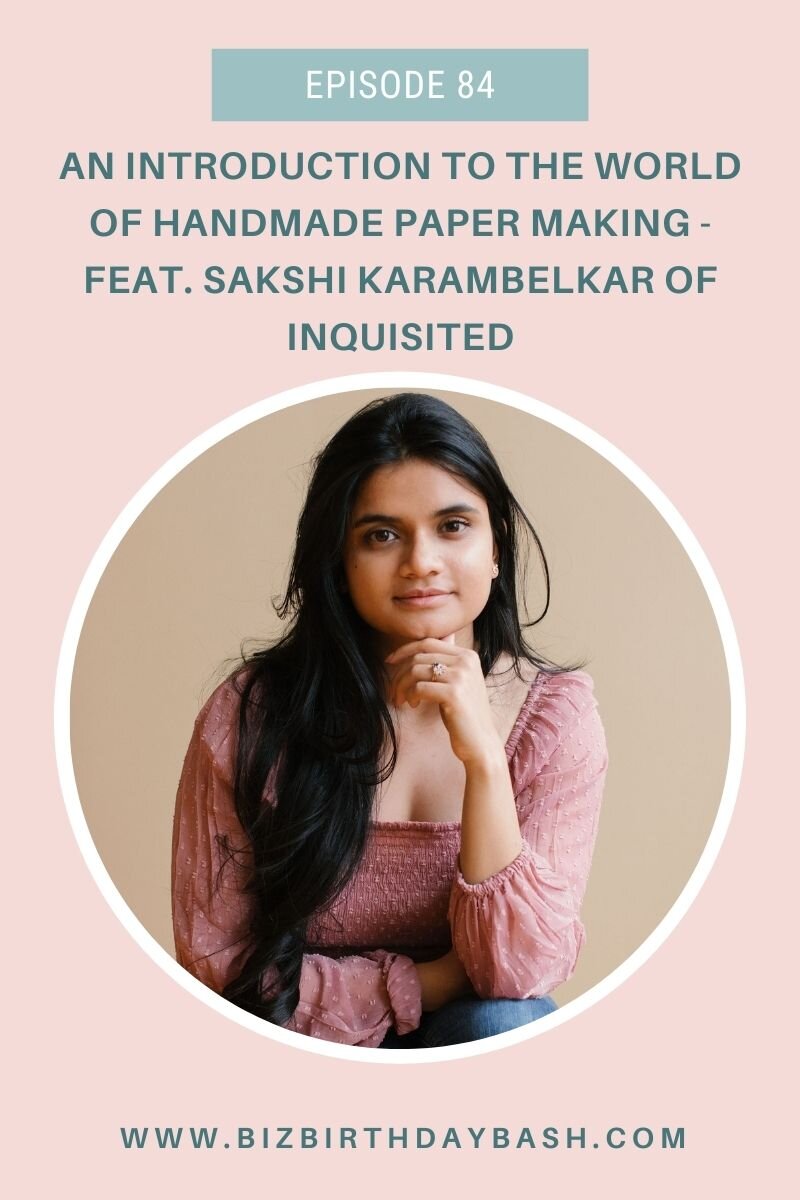
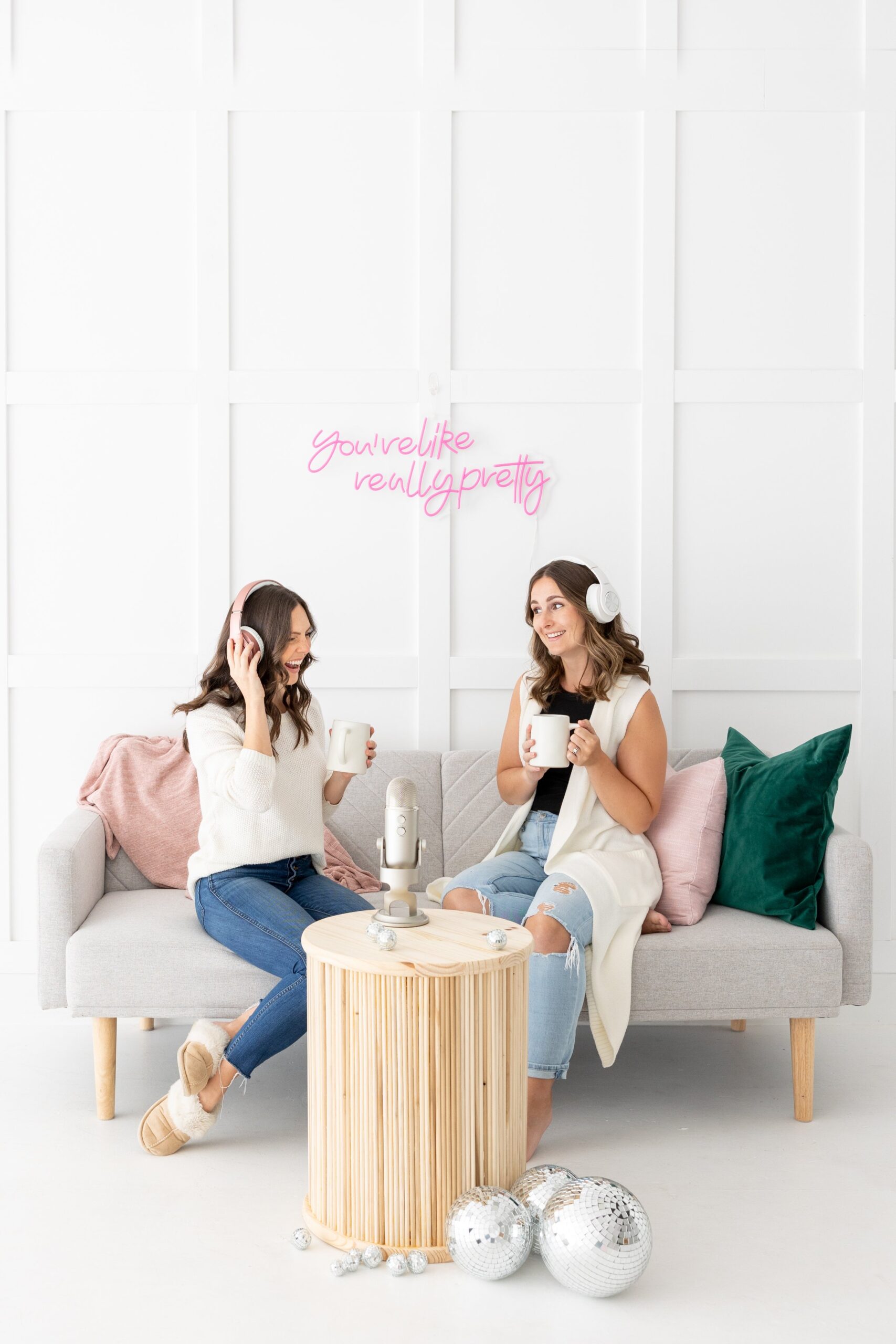
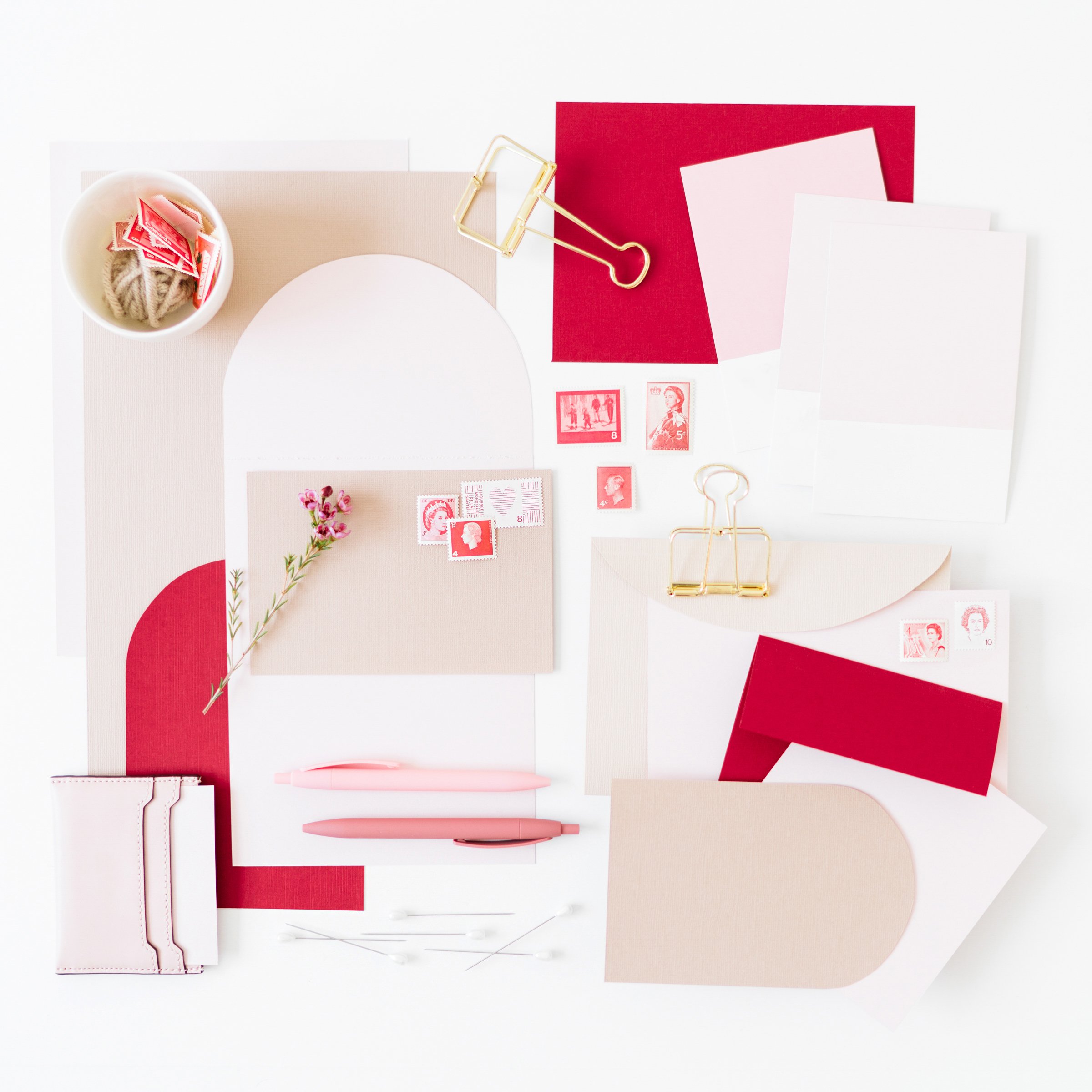
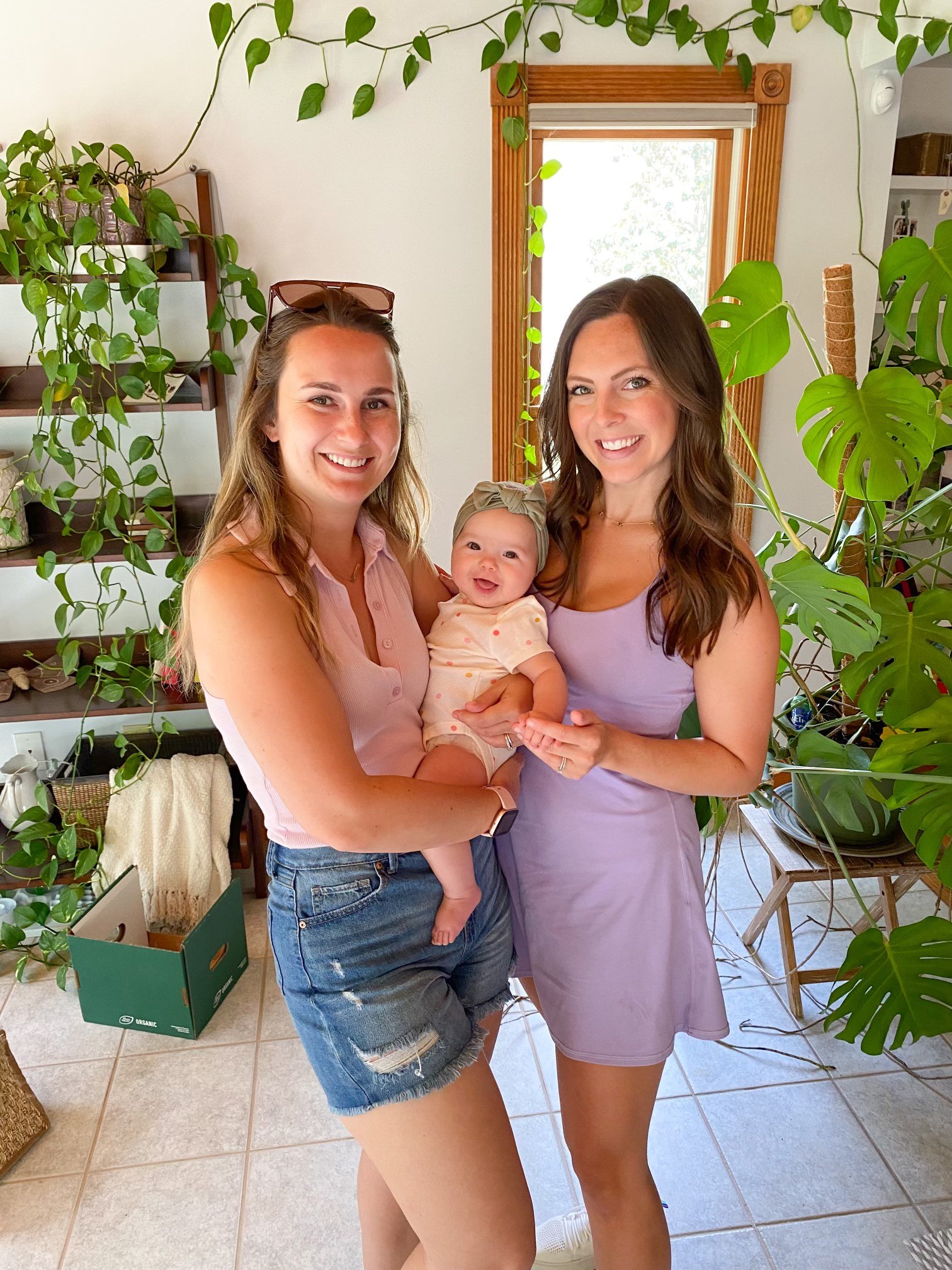

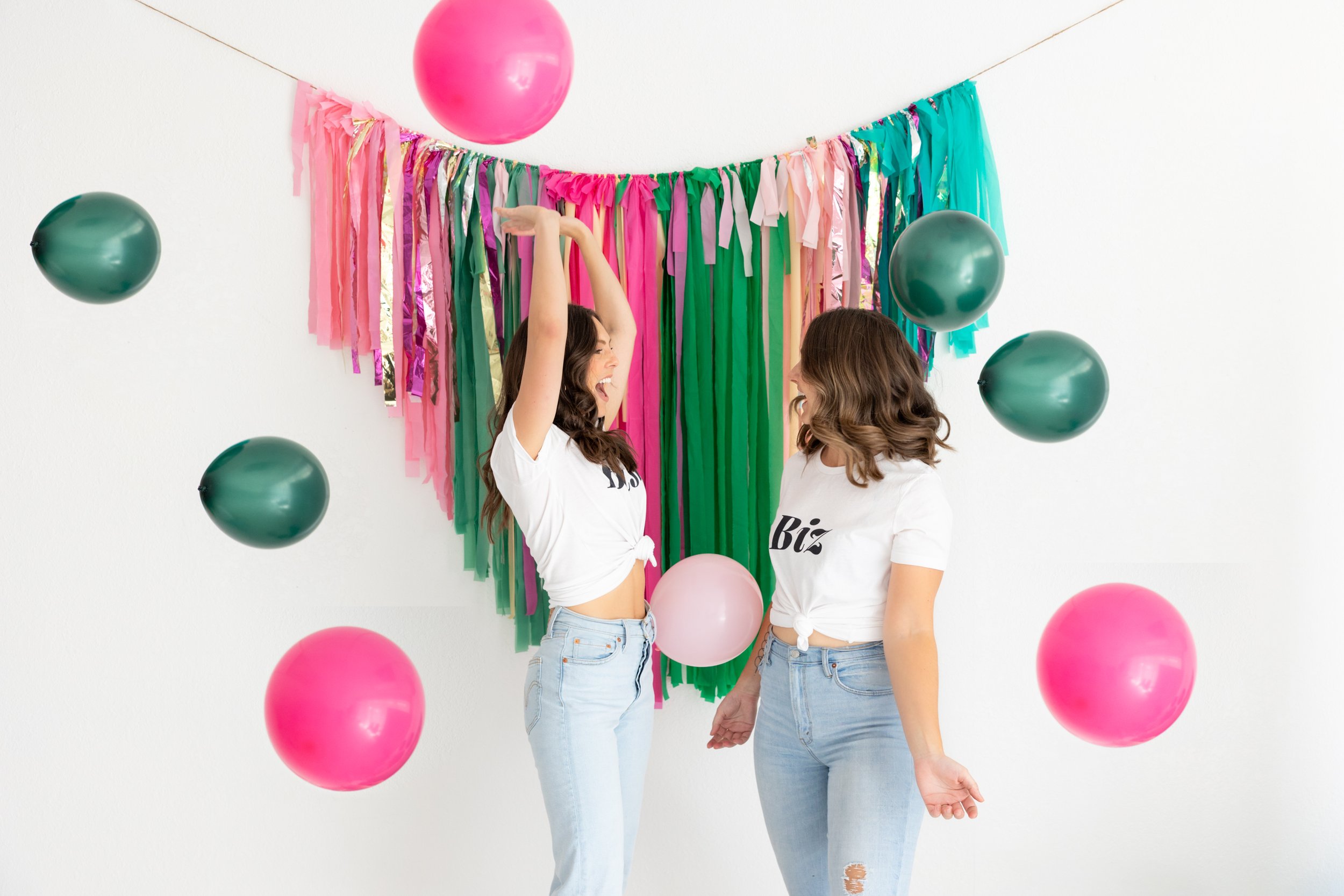
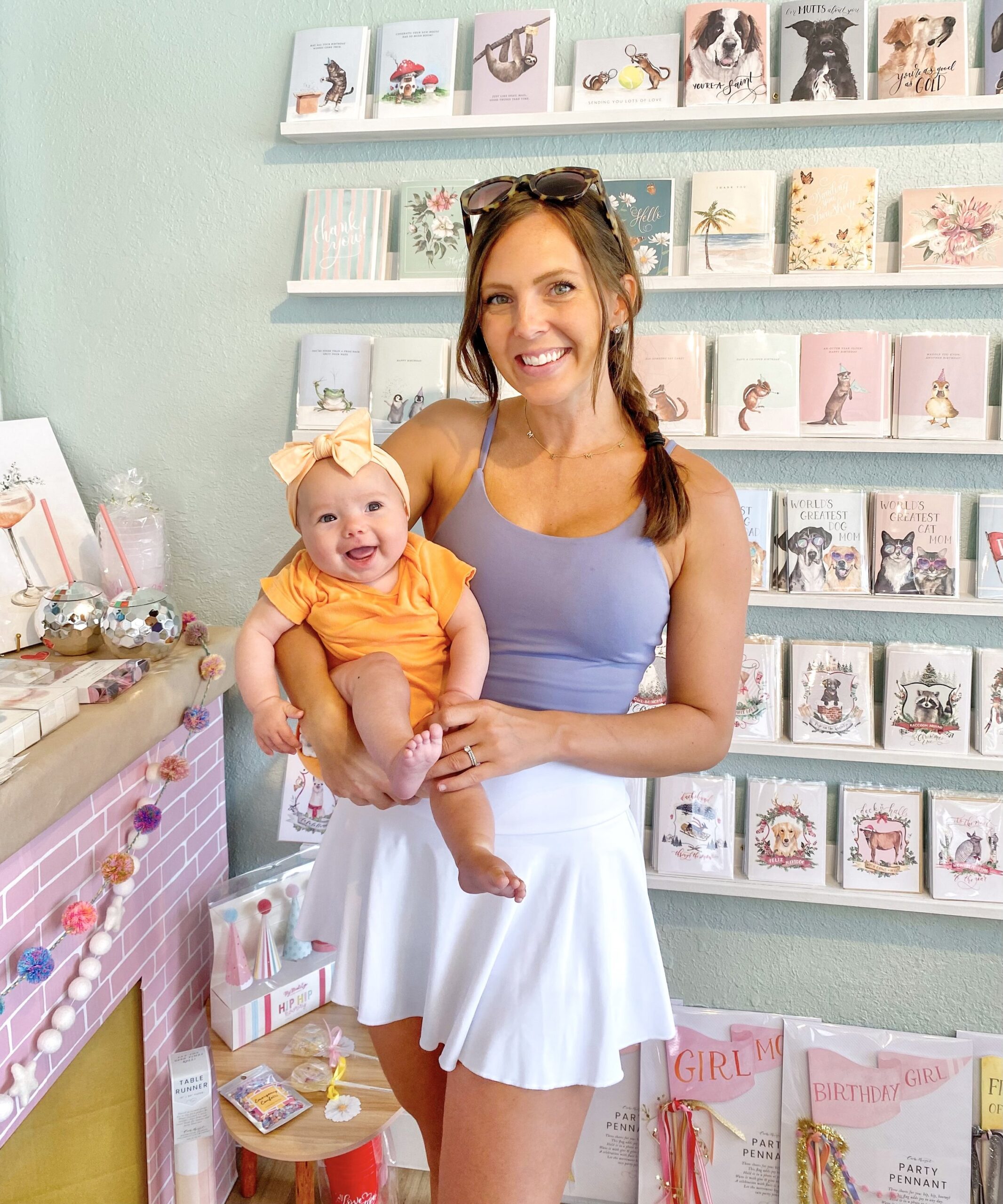
+ show Comments
- Hide Comments
add a comment